BTB Speaks to
Hindostan Archive
Hindostan Archive's Sahil Meenia and Shaoni Ray unravel how their shared cultural roots and personal journey evolved into a label that honors the ancient textiles of South Asia.
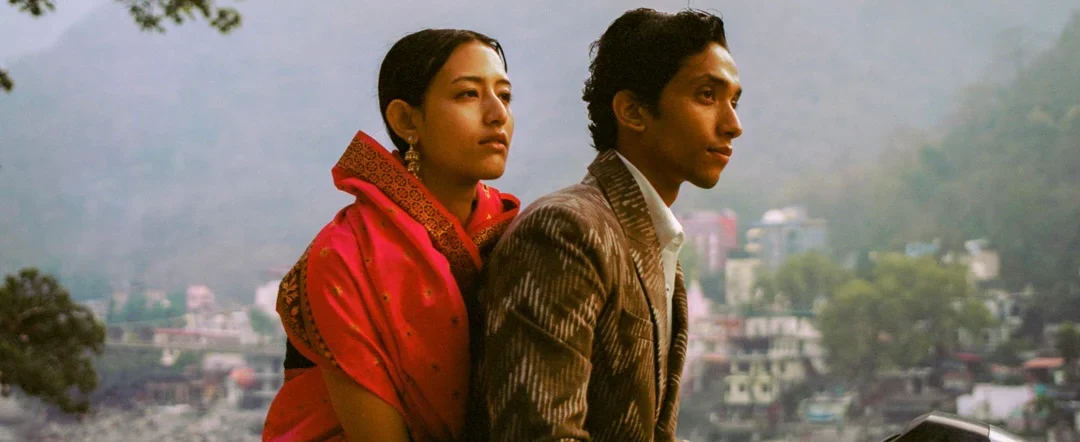
Written by: Manica Pathak
In a little over two years since its inception, Hindostan Archive has already found its way into Paris Fashion Week S/S25. Launched in 2022, co-founder Sahil Meenia recalls putting together a collection of 40 products only as a part of his internship project, “We never set out to build a brand. We didn’t have the money, the connections, or even a team. It all just kind of happened on its own. We brainstormed the brand name, and Shaoni did all the graphics. We set up an Instagram page and shared our work, and suddenly, it clicked. People started showing us so much love,” says Sahil.
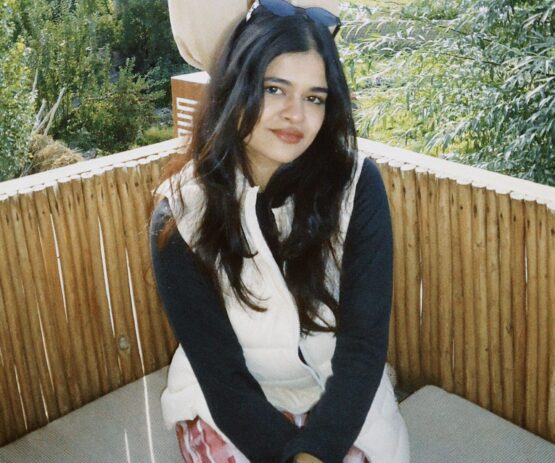
Shaoni Ray, Co-Founder- Hindostan Archive
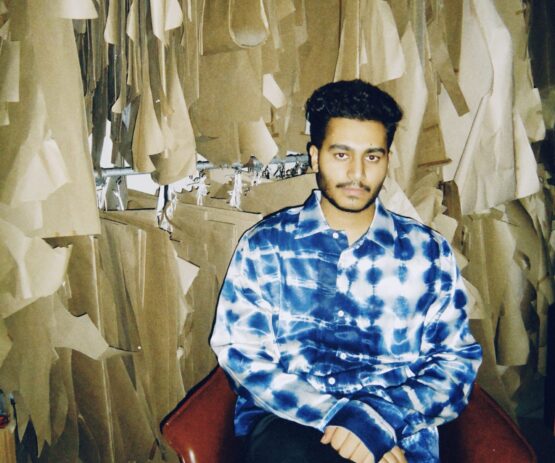
Sahil Meenia, Co-Founder- Hindostan Archive
Fast forward to today when Hindostan Archive has evolved into a menswear luxury label, blending South-Asian textiles, culture & heritage with a global and contemporary spirit, Sahil and Shoani speak to Blur The Border from their workspace in Gurgaon. A certain enthusiasm is noticeable even as we exchange the conversation over a video call, perhaps both are mulling in the positive aftermath of the Fashion Week. “We showcased some of the most unexplored Indian textiles ever,” emphasizes Sahil, offering a glimpse into their latest designs that have invited buyers from countries including Taiwan, Japan and Italy. This particular collection draws inspiration from a rich array of textiles and crafts across India, particularly from Ajrakhpur, where these unique practices are increasingly rare.
“Honestly, to get future generations like Gen Z and Gen Alpha to appreciate traditional crafts, we need to meet them where they are—online; and put out more content that resonates with them. The cool thing is, they are pretty receptive when they see how traditional crafts connect with modern stories and sustainability trends,”
“But in the beginning, we focused on more commercially viable crafts because most Indian crafts are not apt for commercial use; so, we need to consider factors like hand-work, color variations which play a bigger role. We started working with Kantha embroidery because it has similarities to Boro and Sashiko stitching, which were already trending in the Western market.” On the other hand, there are crafts like Khambadiya patchwork that have been explored less in a contemporary context. “Thanks to the artisans we work with—they often also introduce us to incredible textiles that we otherwise wouldn’t have found.”
However, what caught the attention of international clients was the labels’ name and logo. “We wanted to honor both of our shared histories and further explore and work on the textiles and culture of different parts of the subcontinent.” With Sahil’s ancestry in Pakistan and Shaoni’s in Bangladesh, the label’s prefix ‘Hindostan’ is reminiscent of pre-partitioned India, expanding the label’s scope to explore not only Indian textiles and crafts but also techniques like Rilli, which has roots in Sindh, Pakistan. “I’m also really keen on getting more involved with the handloom sector and exploring Dhaka muslin from Bangladesh next year,” says Sahil.
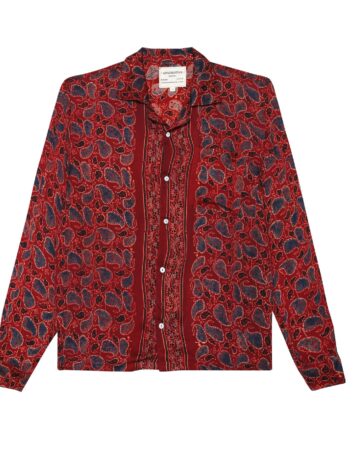
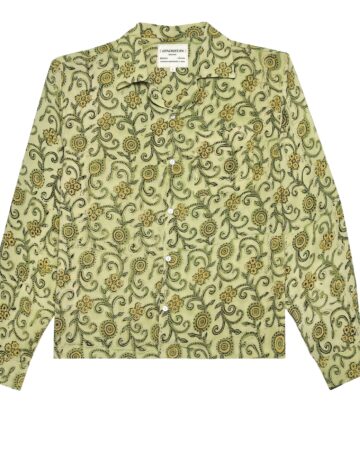
Pieces from SS25 PFW
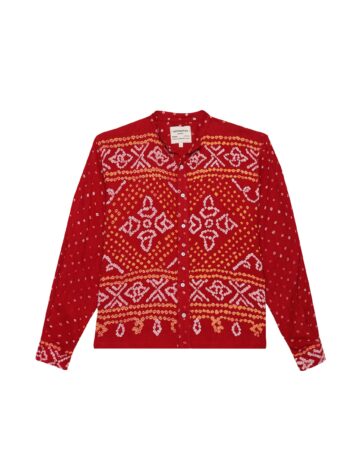
In a long shot, everything at Hindostan Archive springs from a personal journey. “I was always fascinated more by how men styled themselves. As a kid I watched how my grandfather and other men in my family groomed themselves— wearing locally tailored blazers and shirts, accessorized with earrings, retro watches, and shawls,” he says and continues “Later when I went to military school as a kid, I used to spend every single rupee to collect fashion magazines like GQ, Vogue and read them secretly. That’s when my curiosity grew,” reflects Sahil on this keen observation that has now honed its focus on contemporary menswear—an area that has often distanced itself from intricate surface designs, and the maximalist nature of crafts. But young Indian designers see immense potential within it today.
It might come across as startling that both founders decided to forgo their in-campus college placements to pursue Hindostan Archive. “The real turning point was when Diljit Dosanjh decided to wear one of our jackets. Our Instagram started growing organically and that's when we felt this could go somewhere.” And despite several other milestones including the Design Excellence Award and having Shivan & Narresh as mentors, it's the founders’ vision— shaped by personal explorations and experiences— that convinces you Hindostan Archive is beyond a fleeting idea. The label might have been seeded from personal journeys but, “A few designers have inspired me such as Junya Watanabe’s innovative approach to menswear, especially his use of patchworks and unconventional textiles; Ralph Lauren’s timeless American style that blends traditional with luxury and Hiroki Nakamura from Visvim brings a unique blend of American and Japanese craftsmanship,” Sahil informs. “For brands like Hindostan Archive, Emily Bode’s work proves that there is an appetite for clothing that celebrates culture and craftsmanship, rather than fast trends. She has paved the way for many brands like us and has inspired us to focus on authenticity and personal history in their collections.” These influences have been north stars for Hindostan Archive but it's a delicate balance, between inspiration and innovation, that the founders have been able to navigate.
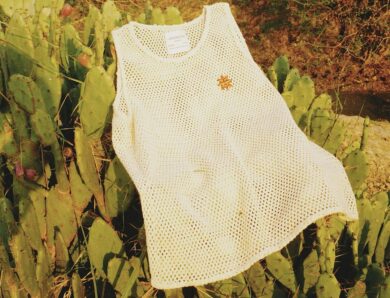

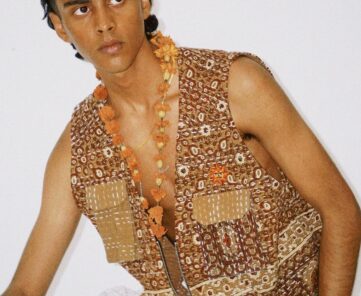
While much has been accomplished, the focus now also needs to shift towards engaging young consumers.“Honestly, to get future generations like Gen Z and Gen Alpha to appreciate traditional crafts, we need to meet them where they are—online; and put out more content that resonates with them. The cool thing is, they are pretty receptive when they see how traditional crafts connect with modern stories and sustainability trends,” adds Sahil referring to the brands’ Instagram presence and website, which convey deeper meanings beyond clothing.
It is a fairly new, just-fresh-off-the-ground brand, but it's this narrative that makes it impossible not to take a long glance at the breadth and depth of the brand, where snippets from mythology and glimpses of cultural practices observed during the festival converge. “We are heavily inspired and directed by ‘What is Indian-ness?’, which also dictates our visual language. Indians have often shied away from embracing their roots but our country has so much potential and a rich history with so many textiles and crafts and in fact, the best leather comes from Kanpur.” They have been able to capture this through a dedicated section for vintage vinyl records—that's now an important part of the labels’ universe— featuring soulful renditions from iconic artists like Rabindranath Tagore, Nusrat Fateh Ali Khan, and Mohd. Rafi, which both founders stumbled upon in a vintage store in Kolkata. “It's inspired by Amie Leon Deore and how they wanted to highlight the culture of New York through the brand. We wanted to build such an ecosystem. Our music is so rich and beyond that it's the unique aesthetic in their packaging- the album covers, the font choices, the typography. The graphic design back then wasn't about minimalism: it was bold, unafraid and full of pop colours.” As the conversation draws to a close, it’s clear that Sahil is inspired by influential figures in design, more so to learn and find opportunities for growth. "But music is just the start of what's more to come from Hindostan Archive,” Sahil hints. It has prompted him to question why the label should limit its focus to clothing in showcasing Indian heritage when there’s a spectrum of cultural reserves to embrace alongside it.